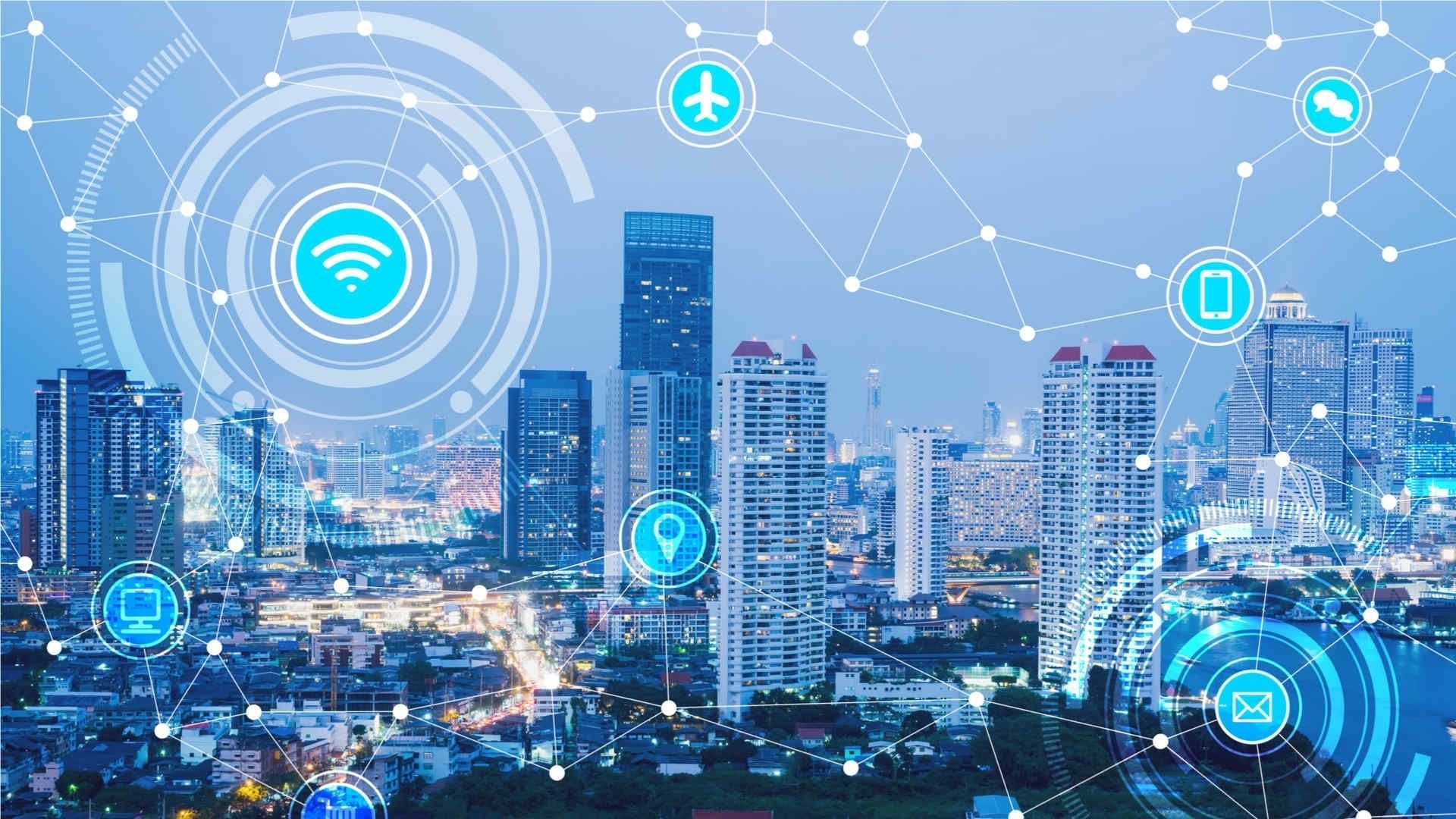Top News
THE CITY OF THE FUTURE IS SMART: WHAT IS A SMART CITY?

Digital is not enough to make a Smart City. What is needed is the collaboration between administration, private individuals, and citizens.
Since cities host more than 50% of the world's population, we are hearing more and more about Smart Cities. It is essential that urban centers develop in the best possible way to ensure a high and satisfactory quality of life by optimizing their resources.
The ANCI Observatory defines the Smart City as "a city that employs ICT tools as an innovative support in the management and delivery of public services, together with the help of public-private partnerships, to improve the livability of its citizens; it uses real time information from various fields, and exploits both tangible (transport infrastructure, energy and natural resources) and intangible resources (human capital, education and knowledge, and intellectual capital of companies); it is able to adapt itself to the needs of users, promoting its sustainable development".
The acronym SMART indicates the characteristics of a well-defined objective, and stands for:
- Specific, meaning a well-defined area of improvement;
- Measurable, quantifiable, or referred to an index;
- Achievable;
- Realistic, meaning that it can be achieved with the resources available;
- Time-constrained, i.e., in a limited time.
Considering the concept of Smart City only as a digital city, and isolating the human element from the context, would mean making a huge mistake. The SC is a city that knows how to keep up with the digital revolution, but not only that.
The requirements for a "smart" city
According to the European Union, the distinctive characteristics of a Smart City are:
- Smart People: the inhabitants of a city are the main actors in achieving the Smart City goal. Social inclusion and citizen participation in environmental and territorial planning must never be overlooked.
- Smart Governance: it is necessary to encourage civic participation in the creation of public value, and to operate in a fully transparent manner. Human capital, environmental resources and community assets must be the main aspects of sociality.
- Smart Living: all services must be easily accessible at the collective level and must be able to guarantee a high quality of life.
- Smart Economy: the economy within a smart city must aim at increasing productivity and focus innovation.
- Smart Mobility: mobility is one of the key dimensions of a smart city. Sustainable, shared, and accessible forms of mobility are preferred, such as sharing mobility and electric mobility. The ultimate goal is to optimize the world of transports by making it accessible.
- Smart Environment: the basis for the development of a SC is sustainable development: respect for the surrounding environment, proper use of natural resources and energy efficiency are the objectives to be achieved.
Emerging technologies in the Smart City
For the applications and services of a SC it is necessary to use hi-tech tools and a range of technologies to make these areas increasingly smart.
Big data, open data, geo-location of data, digital identity and payment platforms are needed from an omnichannel and interoperability viewpoint. In addition, sensor technology is essential, as there are countless services that can be enabled by sensors; let us think of smart traffic lights or surveillance cameras. Infrastructure (wireless or fiber networks for broadband, transportation networks, energy networks, and environmental networks) plays a key role too.
Criticisms of smart cities and disadvantages for citizens
Smart cities are not only more technological, but also more sustainable and resource efficient. However, there are not only positive aspects, but also critical factors should be considered. The Dutch architect Rem Koolhaas argues that smart cities risk becoming "stupid" and will contribute to make even more evident the gap between rich and poor. Koolhaas believes that a Smart City consists of creating "a connected glass house" in which everything is managed and monitored, which risks becoming totally predictable and non-creative.
Moreover, as the interaction with/among IoT objects in daily living increases, so does the number of cyber-attacks towards these new technologies; because of this malware, seemingly harmless sensors and smart IoT devices can turn into a real danger to the connected citizen.
The future of smart cities
The ONU studies predict that nearly all of the world's population (by 2030) will be concentrated in urban areas. While cities are evolving to become smarter and more interconnected, the increase in the number of users who will use public services can create a security risk. Urban areas are becoming smarter, therefore more vulnerable, exposed to cyber-attacks and/or induced failures.
There is a need for infrastructure security and resilience to keep pace with interoperability and cyber security.
 ENG
ENG  ITA
ITA 
